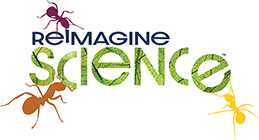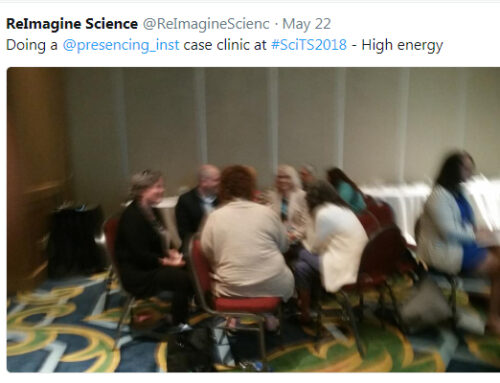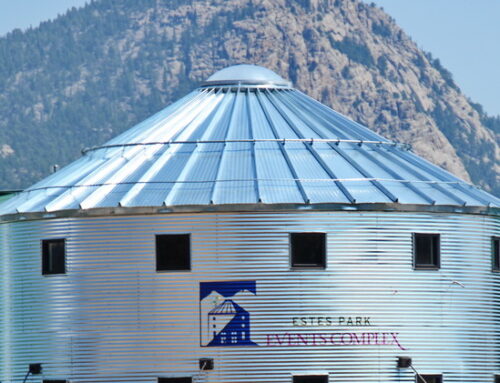We posted a question to our network of science leaders, practitioners, policy makers, and consultants.
The question:
ReImagine Science (formerly Yámana Science and Technology) is celebrating seven years of effort to assist the science and technology sectors in building a future that efficiently serves the planet, society and scientists to our highest capability.
Institutions like the National Academy of Sciences have formally identified a need to support scientists in their ability to create and maintain strongly cross-functional teams in their ‘science of team science’ study area (see http://bit.ly/sciteamsci).
Now, under our new name of Re-Imagine Science, we are launching an incubator to provide the training necessary to richly engage scientists in ‘team science.’ We would like to find out from you who you think our best target participant group might be.
We then asked respondents to rank the following potential participant groups:
- undergraduate students
- graduate students
- post-doctoral scholars
- early-career scientists
- mid-career scientists
- senior scientists or
- other (who?)
Over 70 people responded. This survey was not intended to be a statistically relevant assessment of the scientific community’s beliefs. It was initiated to learn from our highly respected network, and to begin a conversation within the various universities, scientific organizations, and policy setting communities we intersect with.
The top three rankings are depicted below – graphing the choices for top rank, second, then third.
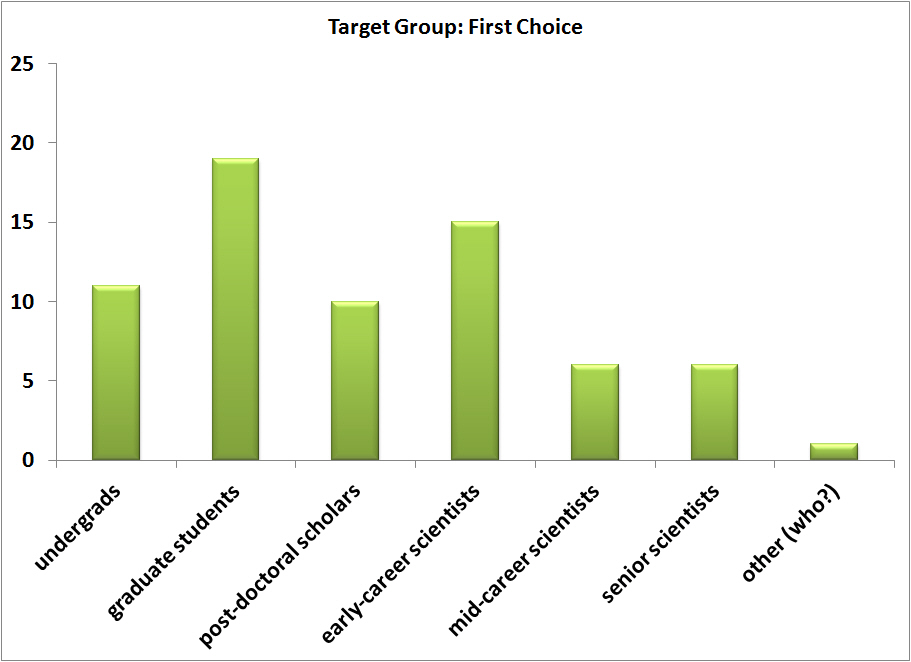
First Choice of respondents (by category)
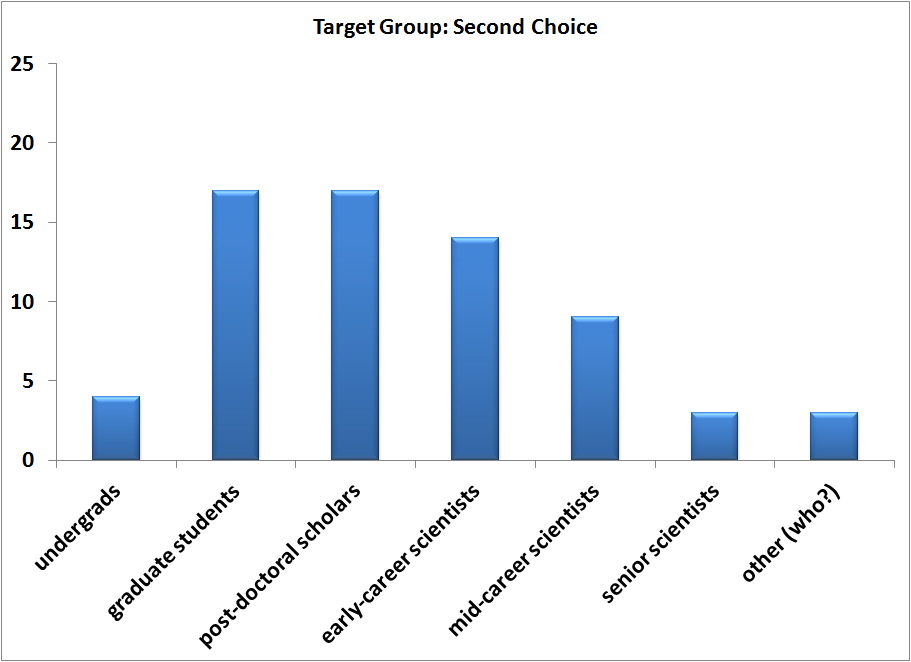
Second Choice of respondents (by category)
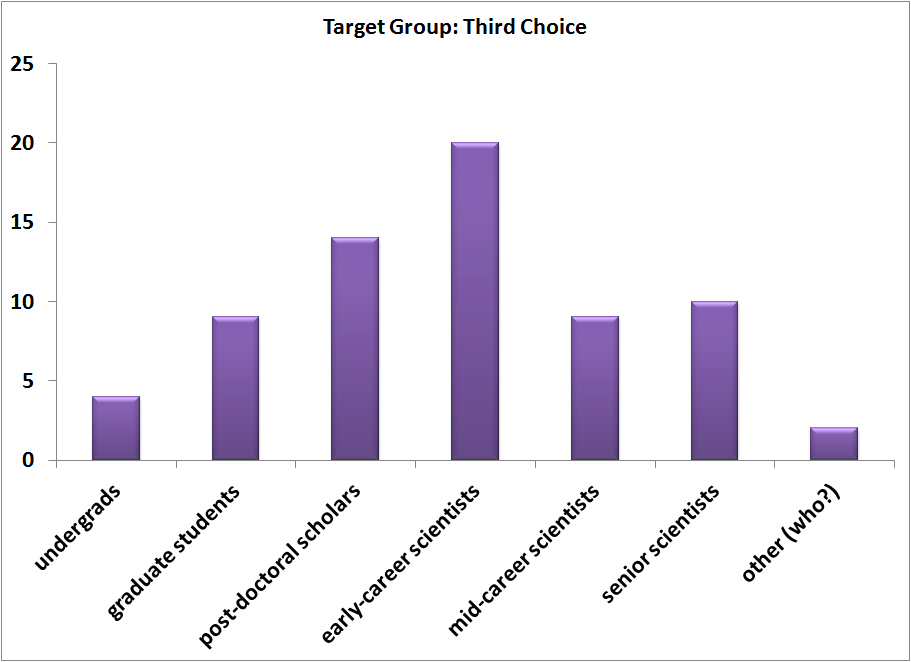
Third Choice of respondents (by category)
We found the most frequent selection in the top three rankings were graduate students, post-doctoral scholars, and early career scientists. However, very cogent arguments were made for mid-career and senior scientists, even by some who did not rank them in the top three. The comments given were that individuals from these cohorts would have the most impact, but may be hard to reach or affect. For most, the target population they chose coincided with the career level of scientists that person works with directly. We read this as affirmation of the sense of need for skill development in collaboration and team-work across all domains of science. Indeed, cogent arguments came in for nearly all phases of scientists’ career trajectories. We will follow this article with expanded discussion of each potential target group.
